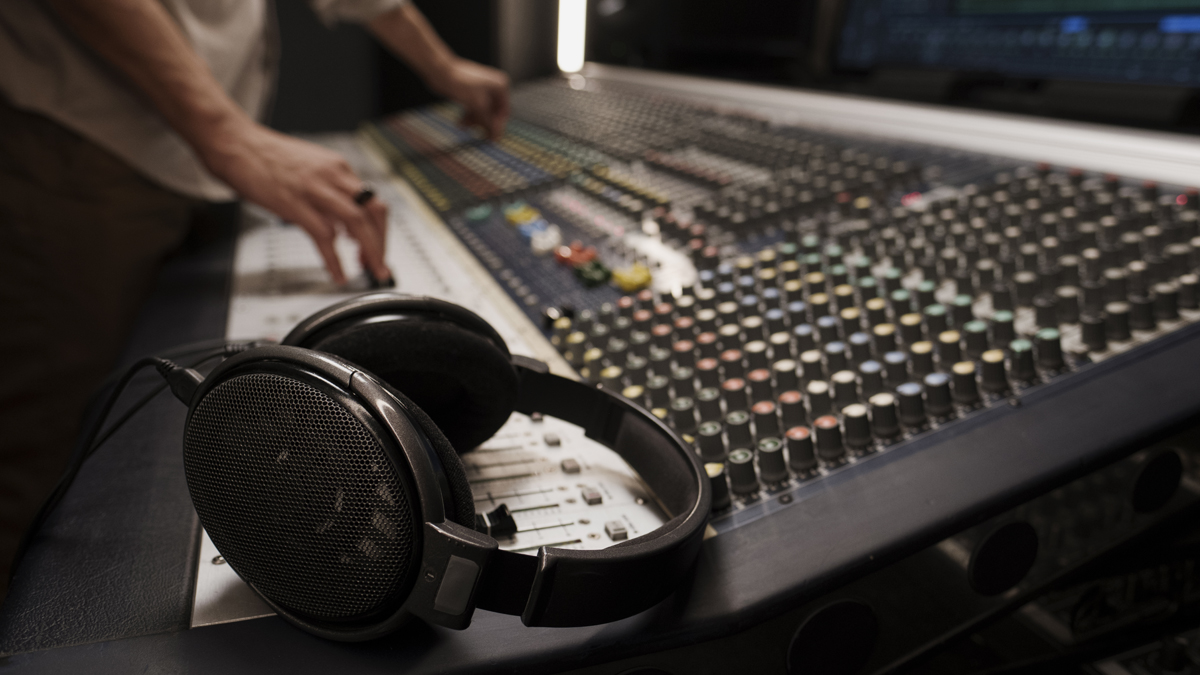Artists and engineers are increasingly exploring microcontrollers to push boundaries and redefine sonic experiences. This article delves into emerging hardware, software, and performance integrations that support creative expression. By understanding the evolving intersection of technology and art, one gains insight into the transformative potential within the industry, especially under the banner of Emerging Trends in Microcontroller-Based Music Production. This exploration highlights progressive capabilities designed to empower musicians and producers worldwide.
| Table of Contents | |
|---|---|
| I. | Enhanced Hardware Capabilities |
| II. | Integration of Artificial Intelligence and Machine Learning |
| III. | Real-Time Sensor and Gesture Integration |
| IV. | Internet of Things (IoT) and Networked Music Production |
| V. | Advancements in Open-Source Ecosystems |
| VI. | Customizable and Modular Instrument Design |
| VII. | Seamless Integration of Analog and Digital Systems |
| VIII. | Edge Computing for Low-Latency Processing |
| IX. | Interactive and Immersive Performance Interfaces |
Enhanced Hardware Capabilities
Modern microcontrollers now feature faster processing speeds, expanded memory, and versatile connectivity options. This enhanced hardware enables intricate audio manipulation and real-time effects processing, allowing developers to create sophisticated musical instruments and sound modules. The improvements directly affect efficiency, affordability, and accessibility for independent musicians. Such advancements lay the groundwork for robust, cost-effective solutions that bridge creative ideas with technical execution.
Integration of Artificial Intelligence and Machine Learning
The incorporation of machine intelligence into microcontroller systems refines sound synthesis and production workflows. Algorithms can learn user patterns to generate adaptive tonal textures and predictive modifications. This approach not only supports personalized sound design but also offers innovative composition techniques in music production. In this context, the industry witnesses Emerging Trends in Microcontroller-Based Music Production that intelligently tailor performance parameters, driving a fusion between automation and artistic creativity.
Real-Time Sensor and Gesture Integration
Innovative sensor technologies now allow microcontroller platforms to capture physical motions and environmental cues, translating them into musical commands. This integration facilitates expressive performances, where gestures and dynamics are directly mapped to audio effects. Musicians can interact with their instruments in intuitive ways, enhancing live improvisation and studio experimentation. The ability to interpret real-time data opens new dimensions for interactive composition, making performances more immersive and engaging.
Internet of Things (IoT) and Networked Music Production
With IoT integration, microcontroller-based devices communicate seamlessly over networks, enabling collaborative performances and remote production. Multiple instruments and sound modules can synchronize over digital platforms, creating complex, distributed soundscapes. This connectivity supports innovative concert setups, interactive installations, and online collaborations. Such networked environments illustrate Emerging Trends in Microcontroller-Based Music Production by breaking geographical and technical limitations, and fostering a global creative community.
Advancements in Open-Source Ecosystems
The open-source movement has empowered hobbyists and professionals alike by providing accessible, modifiable software and hardware designs. This communal approach fuels rapid prototyping and customization of music production tools. Developers can share libraries, code, and circuit designs, fostering collective innovation and troubleshooting. Enhanced collaboration helps democratize technology development, allowing creative minds to explore and implement new ideas while reducing development costs and encouraging experimentation.
Customizable and Modular Instrument Design
Modularity in instrument design offers unprecedented flexibility, letting users tailor systems to specific needs. Microcontroller platforms empower creators to design bespoke synthesizers, drum machines, or effects units that can be easily reconfigured or expanded. Customizable elements ensure that each instrument can evolve with technological advances and personal artistic vision. This adaptability represents a core aspect of Emerging Trends in Microcontroller-Based Music Production, as it bridges standardized manufacturing with individualized musical expression.
Seamless Integration of Analog and Digital Systems
Modern designs are effectively merging classic analog warmth with digital precision, resulting in hybrid systems that leverage the best of both worlds. Microcontrollers facilitate smooth interfacing between analog signal processing and digital control, ensuring high-fidelity sound reproduction. This synthesis supports innovative instrument designs and richer sonic textures. The convergence of these systems not only revitalizes vintage techniques but also opens new avenues for experimentation and creative exploration.
Edge Computing for Low-Latency Processing
By shifting computational tasks closer to the source, edge computing minimizes delays and enhances real-time performance. Microcontrollers equipped with edge processing capabilities can quickly analyze and adjust audio streams with minimal latency. This upgrade significantly benefits live performances and interactive installations where timing is critical. Such improvements underscore Emerging Trends in Microcontroller-Based Music Production by enabling faster, more responsive systems that cater to the immediacy and spontaneity demanded by modern musical expression.
Interactive and Immersive Performance Interfaces
Cutting-edge performance interfaces now incorporate visual, tactile, and auditory feedback to create immersive environments. Microcontroller-driven systems facilitate interactive user experiences where musicians can manipulate soundscapes through unconventional gestures, touch surfaces, or virtual reality elements. These interfaces enhance audience engagement and create multi-sensory performance art. As technology advances, Emerging Trends in Microcontroller-Based Music Production continue to inspire inventive interfaces that blur the line between performer and instrument, redefining live music interactions.

